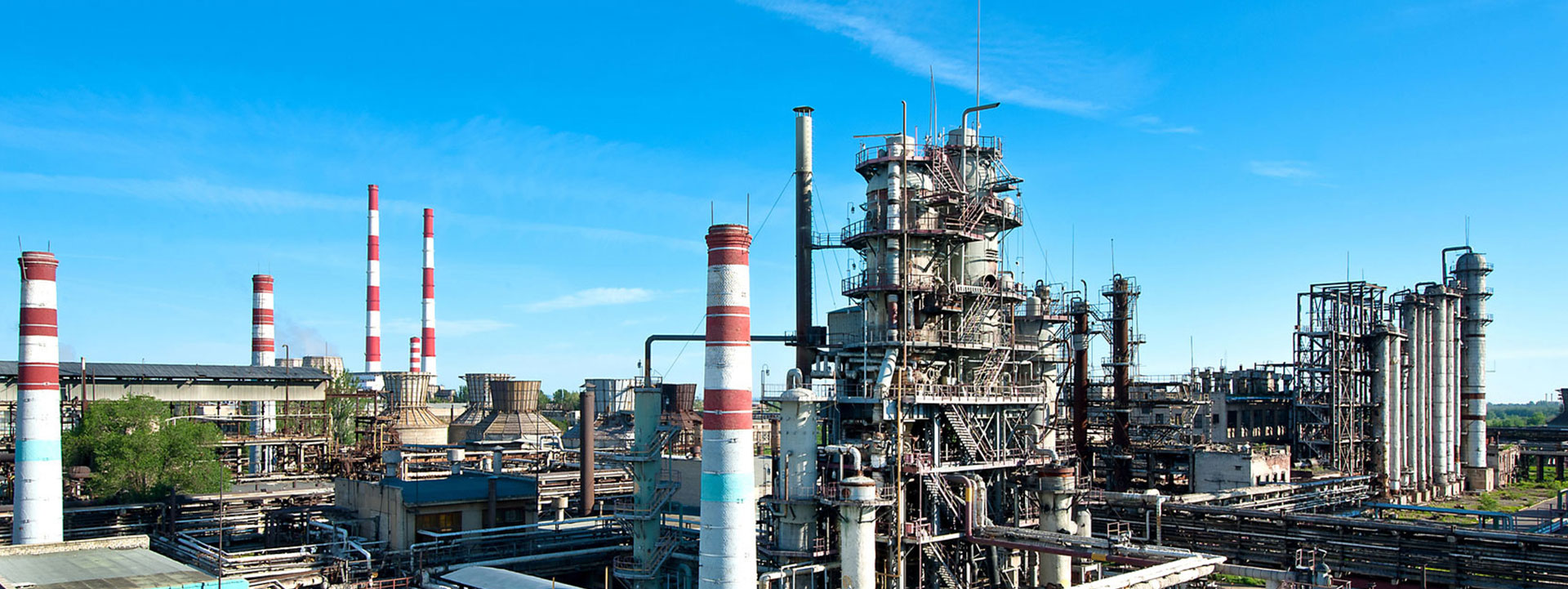What types of molecular sieves are there?
Molecular sieves are materials with tiny, uniform pores that can adsorb and separate molecules based on size and polarity. They are widely used in various industries for gas separation, drying, and purification. There are different types of molecular sieves, each with specific properties that make them suitable for different applications.
Types of Molecular Sieves
Zeolite Molecular Sieves (Type A, X, Y, ZSM-5)
Type A: Typically used for drying applications, such as in air and natural gas dehydration. It has pores with a 3Å 4 Å 5Å (angstrom) diameter, making it effective for separating small molecules like water and methane.
Type X: Known for its high adsorption capacity, Type X zeolites are used in gas separation and purification, including CO₂ capture and nitrogen production.
Type Y: Commonly used in petroleum refining, Type Y zeolites are excellent for separating larger molecules. They are also used in the catalytic cracking process.
ZSM-5: This type is used in petrochemical industries as a catalyst for cracking reactions and in the production of gasoline.
Silica Gel Molecular Sieves
Silica gel is a type of desiccant that adsorbs water. It is often used for drying air and solvents and for preserving products in packaging.
Activated Alumina Molecular Sieves
Activated alumina is primarily used for drying gases and liquids. It is effective in adsorbing water and is often used in air drying applications, as well as in desulfurization and defluorination.
Calcium Molecular Sieves
These are used for specialized applications such as drying gases in natural gas processing and oxygen production.
Carbon Molecular Sieves
Carbon-based sieves are used for separating gases, especially in processes like oxygen/nitrogen separation.
How to Select the Correct Molecular Sieve
When selecting a molecular sieve for a specific application, it's essential to consider the following factors:
Pore Size and Molecular Size
Different molecular sieves have different pore sizes, typically measured in angstroms (Å). The right molecular sieve for your application will depend on the size of the molecules you want to separate. For example, if you're separating water (small molecules), Type A zeolite with 4 Å pores is ideal, while larger molecules will require larger pores like those in Type X or Y zeolites.
Application Type
If you're using the molecular sieve for drying, you’ll likely want a high-performance desiccant, such as Type 3A or 4A zeolite or activated alumina. For gas separation, consider using molecular sieves like Type 13X or carbon sieves.
For air separation (such as nitrogen production), carbon molecular sieves or Type X zeolite can be suitable. For industrial gas separation, select a molecular sieve that best suits the gas you are isolating.
Operating Conditions
Consider the temperature and pressure conditions in your application. Some molecular sieves are more stable under high temperatures (like Type X or Y zeolites), while others perform better at lower temperatures (like silica gel). Ensure that the molecular sieve selected can withstand the operating environment.
Chemical Compatibility
Certain molecular sieves may be more reactive or susceptible to deactivation by certain chemicals. Check that the sieve is chemically compatible with the substances it will be exposed to.
Regeneration and Reusability
Some molecular sieves can be regenerated (reheated to release adsorbed molecules), while others may need to be replaced after use. If your process requires frequent regeneration, select a molecular sieve that can handle this without losing efficiency.
Capacity and Performance
Look into the adsorption capacity and the selectivity of the molecular sieve. Some sieves are better at adsorbing specific molecules (e.g., water, CO₂), while others can handle a broader range of substances. Review the performance data for each type to ensure it meets your requirements.
Conclusion
To select the right molecular sieve, you need to consider the specific application, pore size, chemical compatibility, and operational conditions. Different types of sieves excel in different functions, such as drying, separation, or purification, and understanding these properties will help you make an informed decision for your needs.


 2025-04-22
2025-04-22
 0799-6335986
0799-6335986
 +86-18107991684
+86-18107991684
 yuna@chempacking.cn
yuna@chempacking.cn

 Hmoe
Hmoe